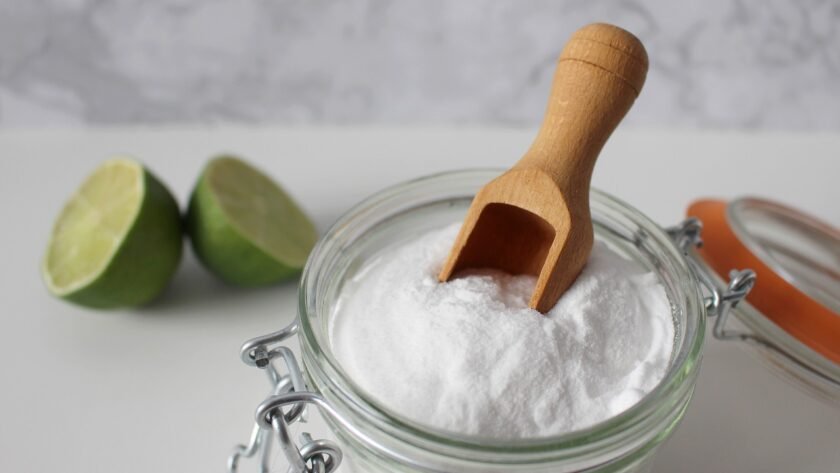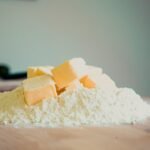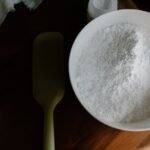Understanding the Role of Baking Soda in Cookie Baking: A Comprehensive Guide
Baking soda, also known as sodium bicarbonate, is a common leavening agent used in baking, including cookie recipes. It plays a crucial role in creating the texture, structure, and flavor of cookies. In this expert guide, we’ll delve into the science behind baking soda and its impact on cookies, exploring how it works, when to use it, and tips for achieving perfect cookies every time
The Science Behind Baking Soda
Baking soda is a chemical leavening agent, meaning it produces carbon dioxide gas when it reacts with acidic ingredients such as brown sugar, buttermilk, yogurt, or cocoa powder. This gas is trapped in the cookie dough, causing it to expand and rise during baking, resulting in a soft and tender texture.
When baking soda is combined with an acid, such as brown sugar or cream of tartar, it undergoes a chemical reaction known as acid-base neutralization. This reaction produces carbon dioxide gas, water, and salt, which helps create air pockets in the dough, leading to light and airy cookies.
Key Functions of Baking Soda in Cookies
- Leavening: Baking soda serves as a leavening agent in cookie dough, causing it to rise and expand during baking. This results in cookies with a soft and tender texture, as well as a light and airy crumb.
- Browning: Baking soda promotes Maillard browning reactions in cookies, resulting in a golden-brown color and rich flavor. This reaction occurs between reducing sugars and amino acids in the dough, producing complex flavor compounds and enhancing the overall taste of the cookies.
- Neutralization: Baking soda helps neutralize the acidity of certain ingredients in cookie dough, such as brown sugar or acidic fruits like molasses. By balancing the pH level of the dough, baking soda ensures proper chemical reactions during baking and contributes to the overall flavor profile of the cookies.
- Texture: Baking soda contributes to the texture of cookies by creating air pockets in the dough, which gives them a light and airy consistency. It also helps cookies spread evenly during baking, resulting in a uniform shape and texture.
When to Use Baking Soda in Cookie Recipes
Baking soda is typically used in cookie recipes that contain acidic ingredients, such as brown sugar, buttermilk, or molasses. These acidic ingredients activate the baking soda, leading to proper leavening and browning of the cookies. Recipes that call for baking soda often produce cookies with a soft and chewy texture, as well as a rich and flavorful taste.
Tips for Using Baking Soda in Cookies
- Measure accurately: Use the correct amount of baking soda as specified in the recipe to ensure proper leavening and texture of the cookies.
- Combine with acidic ingredients: Always use baking soda in recipes that contain acidic ingredients to activate its leavening properties and achieve the desired texture and flavor.
- Don’t overmix: Be careful not to overmix the cookie dough once the baking soda is added, as this can lead to dense and tough cookies. Mix just until the ingredients are combined to avoid overworking the dough.
- Check expiration date: Check the expiration date of your baking soda to ensure it is still active and effective. Expired baking soda may not produce the desired leavening effect in cookies.
Baking soda is a versatile ingredient that plays a crucial role in creating the texture, structure, and flavor of cookies. By understanding how baking soda works and its impact on cookie baking, you can confidently incorporate it into your recipes to achieve delicious and perfectly baked cookies every time. Experiment with different recipes and techniques to harness the full potential of baking soda and elevate your cookie baking to new heights




